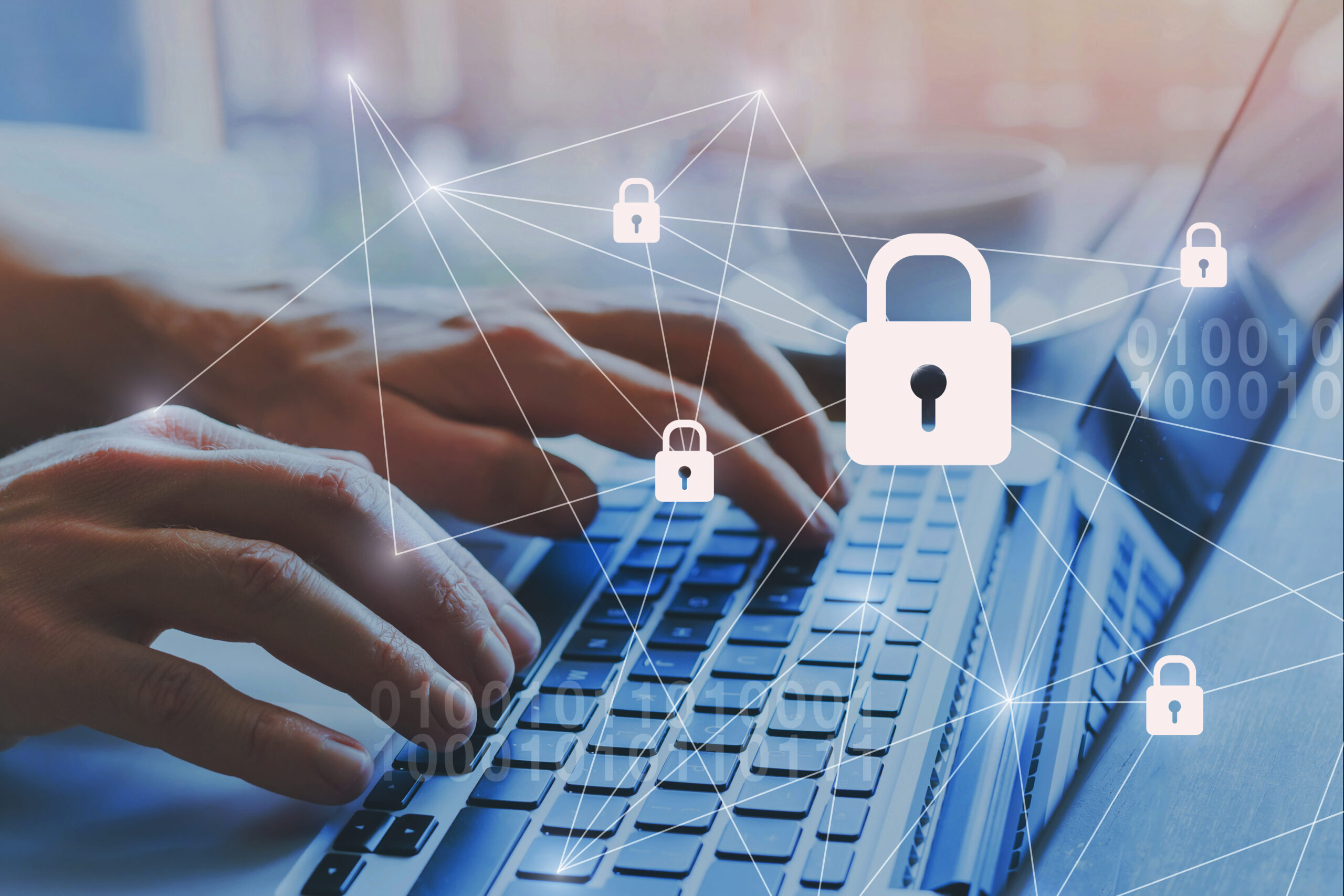Category: Blog
The Internet of Things (IoT) has transformed how we live, work, and interact with technology. From connected homes to smart manufacturing, IoT devices offer unparalleled convenience and efficiency. However, their rapid proliferation has also introduced significant cybersecurity challenges. Understanding IoT’s potential risks—and how to secure these devices—has become a critical priority for organizations and individuals alike.
What Is IoT?
The Internet of Things refers to a vast ecosystem of physical devices embedded with sensors, software, and network connectivity, enabling them to collect, analyze, and exchange data. Unlike traditional computers or smartphones, IoT devices are often found in less obvious places, including homes, factories, hospitals, and cities.
IoT devices are designed to simplify processes, improve operational efficiencies, and deliver real-time insights. For instance, a smart thermostat optimizes energy usage in homes, while industrial sensors can prevent equipment failures by predicting maintenance needs.
Common Categories of IoT Devices
Consumer IoT
IoT devices designed for personal and home use include:
- Smart home systems: Connected thermostats, lightbulbs, and security cameras.
- Wearables: Fitness trackers, smartwatches, and health monitors.
- Connected appliances: Refrigerators, ovens, and other household devices controlled via smartphone apps.
Industrial IoT (IIoT)
Industrial IoT applications are transforming critical sectors such as manufacturing and logistics:
- Predictive maintenance systems: Sensors monitor equipment health to prevent costly downtime.
- Supply chain tools: GPS trackers and RFID tags for real-time inventory visibility.
- Energy management systems: Smart grids to optimize power distribution.
Healthcare IoT
The healthcare sector leverages IoT for better patient outcomes and streamlined operations:
- Medical wearables: Devices that monitor heart rate, oxygen levels, and blood pressure.
- Connected medical devices: Smart insulin pumps, pacemakers, and hospital asset tracking systems.
Smart Infrastructure
IoT devices are integral to smart cities and urban planning:
- Traffic systems: Sensors that optimize traffic lights and reduce congestion.
- Waste management: Connected bins that alert authorities when full.
- Energy optimization: IoT-enabled solar farms and wind turbines.
IoT Cybersecurity Risks
As IoT adoption grows, so do its vulnerabilities. IoT devices are particularly attractive to attackers because they often lack robust security measures, making them easy entry points into larger networks.
Weak Authentication
Many IoT devices still rely on default or hardcoded passwords, making them vulnerable to brute force attacks.
Infrequent Updates
IoT devices are notorious for irregular or non-existent firmware updates, leaving them exposed to known vulnerabilities.
Data Privacy Risks
Sensitive data collected by IoT devices, such as health metrics or location details, can be intercepted if not properly encrypted.
Entry Points for Network Attacks
Compromised IoT devices can serve as gateways for attackers to infiltrate corporate networks, putting critical systems and data at risk.
DDoS Botnets
Unsecured IoT devices are often used to create botnets for Distributed Denial-of-Service (DDoS) attacks. One notable example is the Mirai botnet, which exploited IoT devices to launch one of the largest DDoS attacks in history.
Physical Tampering
IoT devices deployed in accessible locations, such as outdoor cameras or industrial sensors, are at risk of physical tampering or theft.
Best Practices for IoT Security
Securing IoT devices requires proactive measures to mitigate vulnerabilities and minimize risks:
- Use Strong Passwords: Replace default passwords with unique, complex credentials.
- Enable Firmware Updates: Regularly update device firmware to address security patches.
- Network Segmentation: Place IoT devices on isolated networks separate from sensitive systems.
- Encrypt Data: Use end-to-end encryption for data in transit and at rest.
- Disable Unused Features: Turn off unnecessary functions or ports to reduce attack surfaces.
- Monitor Traffic: Implement tools to detect and respond to suspicious IoT activity.
Safeguarding Your IoT Ecosystem with Expert Support
While these steps can help reduce IoT-related risks, organizations often need specialized expertise to secure their devices and networks effectively. That’s where Hitachi Cyber comes in.
At Hitachi Cyber, we specialize in providing comprehensive cybersecurity consulting services, including:
- IoT Security Assessments: Identify vulnerabilities and provide tailored recommendations.
- Network Segmentation Strategies: Isolate IoT devices from critical infrastructure for enhanced security.
- 24/7 Threat Monitoring: Detect and respond to suspicious activity in real-time.
- Cyber Threat Intelligence: Map your attack surface, identify emerging threats, and take proactive measures against potential risks.
- Data Privacy Compliance: Protect sensitive information and ensure adherence to evolving regulatory standards.
Don’t let IoT vulnerabilities compromise your business. Book a discovery call with Hitachi Cyber today to learn how we can help you secure your IoT ecosystem and strengthen your organization’s cybersecurity posture.


